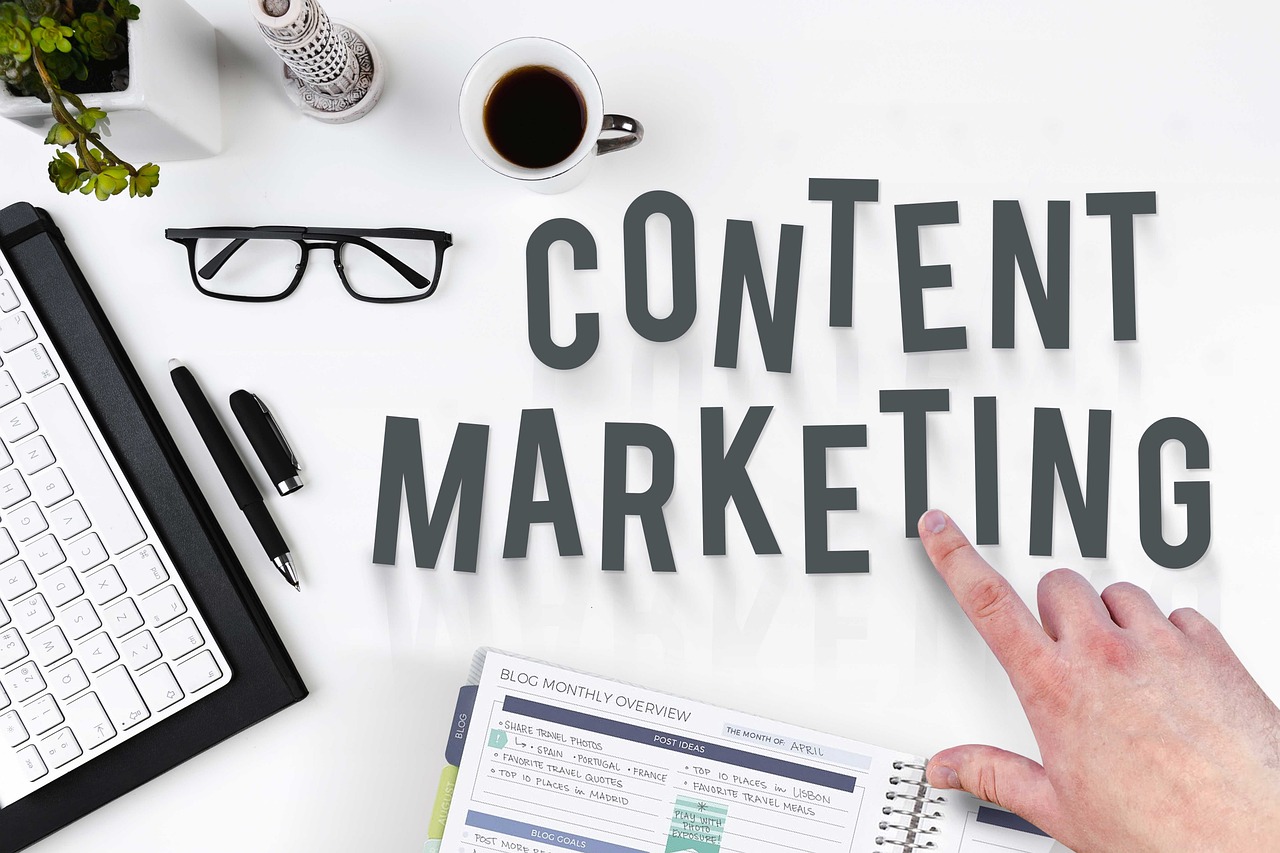Email marketing continues to be one of the most powerful tools in the digital marketing world, offering businesses the ability to connect directly with their audience. When done right, it can result in strong engagement, increased sales, and loyal customers. However, to truly capitalize on its potential, it’s important to follow certain best practices that not only increase the likelihood of your emails being opened but also drive action.
In this blog, we’ll explore the email marketing best practices that can help boost engagement and conversions, ensuring your efforts lead to measurable results.
1. Segment Your Audience
One of the most significant advantages of email marketing is the ability to tailor messages to specific groups. Rather than sending a one-size-fits-all email to your entire list, segmentation allows you to send highly targeted, relevant content that speaks directly to the interests and needs of different subsets of your audience.
Best Practices:
- Demographics: Segment your list by factors such as age, location, and job title.
- Purchase History: Send personalized offers based on past purchases or browsing behavior.
- Engagement Level: Create separate campaigns for highly engaged users and those who haven’t interacted with your emails in a while.
Segmenting your email list ensures that your subscribers receive content they are genuinely interested in, which increases the likelihood of engagement and conversion.
2. Craft Compelling Subject Lines
The subject line is the first thing your recipients see, and it’s the deciding factor in whether they open your email or not. A compelling, curiosity-driven subject line can dramatically improve your open rates.
Best Practices:
- Keep It Short and Sweet: Aim for 6-10 words to ensure the subject line isn’t cut off in mobile inboxes.
- Personalize: Including the recipient’s name or location can increase open rates.
- Create Urgency: Words like “limited time” or “act now” can push readers to open your email sooner rather than later.
- Be Clear and Honest: Avoid clickbait. Make sure your subject line accurately reflects the content of your email.
A well-crafted subject line grabs attention and sets the tone for the rest of your message.
3. Personalize Your Emails
Personalization goes beyond just using the recipient’s name in the greeting. It involves tailoring the content to the subscriber’s preferences, behavior, and needs. Personalized emails feel more relevant to the reader, which in turn increases the likelihood of engagement.
Best Practices:
- Use Dynamic Content: Based on the data you’ve collected (like past purchases), use dynamic content blocks that change based on the subscriber’s profile.
- Send Birthday or Anniversary Emails: Send special offers or greetings on birthdays, anniversaries, or other milestones.
- Relevant Recommendations: Use browsing behavior or purchase history to recommend products or services tailored to their interests.
Personalization helps build a stronger connection between you and your subscribers, fostering loyalty and encouraging conversions.
4. Optimize for Mobile Devices
With more than half of emails being opened on mobile devices, optimizing your emails for mobile is crucial. If your email doesn’t look good or function properly on a phone or tablet, you risk losing potential customers.
Best Practices:
- Responsive Design: Use email templates that adjust based on screen size.
- Shorten the Copy: Keep your email content concise and easy to digest on smaller screens.
- Clear Call-to-Action (CTA): Make sure your CTA buttons are large enough to click on mobile devices and stand out in your design.
Mobile optimization ensures that your emails are accessible to the majority of users, improving engagement and reducing bounce rates.
5. A/B Test Your Campaigns
A/B testing is a fundamental practice that allows you to test different elements of your email to see which ones perform best. From subject lines to CTAs and even email designs, A/B testing helps you understand what resonates with your audience.
Best Practices:
- Test One Element at a Time: Focus on testing one variable (such as subject line, copy, or image) at a time to clearly understand what influences performance.
- Use A/B Test Results to Improve Future Campaigns: Take insights from A/B testing and refine your future campaigns to continually improve your results.
Testing enables you to make data-driven decisions and optimize your email marketing for better results.
6. Provide Valuable and Relevant Content
The key to keeping subscribers engaged is offering them content they find valuable. Whether it’s educational, informative, or entertaining, the content should align with their interests and needs.
Best Practices:
- Offer Solutions: Address pain points your audience faces with actionable advice or solutions.
- Use Interactive Elements: Add interactive features like polls, quizzes, or videos to keep readers engaged.
- Include Customer Testimonials or Case Studies: Highlighting social proof adds credibility and can help drive conversions.
When you focus on providing value, your audience is more likely to open your emails and take action.
7. Use Clear and Strong CTAs
A call-to-action (CTA) tells your readers exactly what you want them to do next, whether it’s making a purchase, downloading an e-book, or signing up for an event. Your CTA should be clear, compelling, and easy to find.
Best Practices:
- Be Specific: Instead of a generic “Click Here,” use specific actions like “Shop Now” or “Get Your Free Guide.”
- Use Action-Oriented Language: Verbs like “Download,” “Buy,” or “Sign Up” encourage immediate action.
- Place CTAs Strategically: Ensure they are visible in the email and in multiple locations (beginning, middle, and end).
A strong CTA guides the reader towards the desired outcome, improving both engagement and conversion rates.
8. Monitor Analytics and Optimize
One of the greatest strengths of email marketing is the ability to measure your results in real time. By constantly reviewing your email performance and adjusting accordingly, you can continually improve your campaigns.
Best Practices:
- Track Key Metrics: Open rates, click-through rates, bounce rates, and conversions are some of the metrics to track.
- Analyze Your Audience: Look at which emails are getting the most engagement and why. Use this information to refine your future emails.
- Refine Your Strategy: Email marketing is not a one-size-fits-all approach. Continuously tweak your strategy based on what works best for your audience.
By consistently tracking and optimizing your campaigns, you’ll improve performance and achieve higher ROI.
Conclusion
Email marketing is an invaluable tool for businesses looking to connect with their audience, boost engagement, and drive conversions. By following these best practices—segmenting your audience, crafting compelling subject lines, personalizing your emails, optimizing for mobile, A/B testing, providing valuable content, and using clear CTAs—you can unlock the full potential of your email campaigns.
The key to success is continually refining your approach and staying informed on new trends. With the right strategy, email marketing can help you build stronger relationships with your audience and grow your business.
At 7Shades Digital, we specialize in creating strategies that help businesses excel in the digital world. If you’re ready to take your brand to the next level, contact us today!





